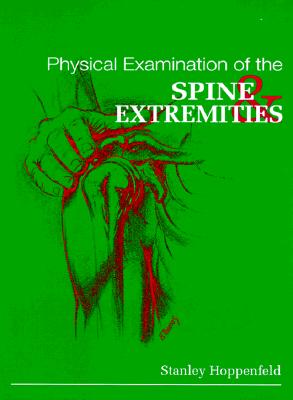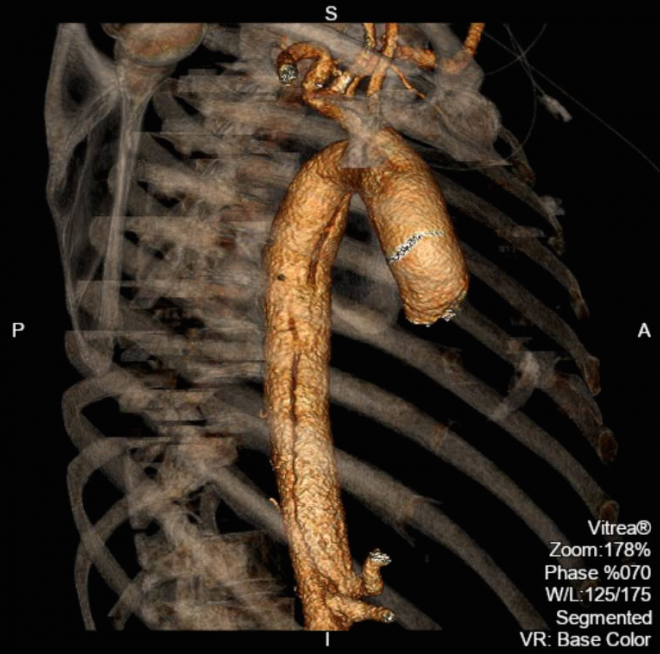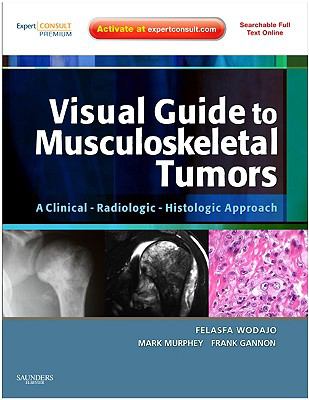Category: Orthopedics
-

Practical Office Orthopedics (2017)
There are very few good orthopedics books that are suitable for the non-orthopedist audience, and I think I know why. Generalists often lack the specialized knowledge that orthopedists have, while orthopedists tend to see more extreme versions of musculoskeletal conditions—a problem known as spectrum bias—so their recommendations often seem overly aggressive to generalist readers. This…
-

Physical Examination of the Spine and Extremities by Stanley Hoppenfeld
There are very few medical books in existence about which one can be tempted to declare, “I doubt whether in my lifetime there will ever be another book about this topic that is as good as this one.” In fact, I know only one medical book about which a statements like this might be said…
-

Back Pain: a “Worst First” Approach
When it comes to back pain, think of the worst, i.e. the most dangerous ones, first. That way you won’t miss anything critical, either in real life or on the Boards. Cardiovascular Upper back pain: consider acute coronary syndrome or thoracic aortic dissection Lower back pain: consider abdominal aortic aneurism or rupture (older smoker) and retroperitoneal hematoma.…
-

Book Review: Visual Guide to Musculoskeletal Tumors: A Clinical – Radiologic – Histologic Approach
Visual Guide to Musculoskeletal Tumors: A Clinical – Radiologic – Histologic Approach(2010) by Felasfa M. Wodajo MD et al. is a superb integration of clinical medicine, gross pathology, histopathology and radiology of musculoskeletal tumors. The pictures are excellent and the amount of information is comprehensive, yet easy to absorb. The book is ideal for radiologists, pathologists, oncologists and orthopedic surgeons. In addition, general practitioners…
-

Hip and Groin Examination by Dr. Mark Hutchinson
While most patients cannot discern what’s happening between your ears when you put a stethoscope against their chests, they can easily tell when you are bungling your way through a half-baked shoulder or hip and groin examination. Why is that? Well, patients cannot hear what you are hearing (or not hearing!) through your stethoscope. And…